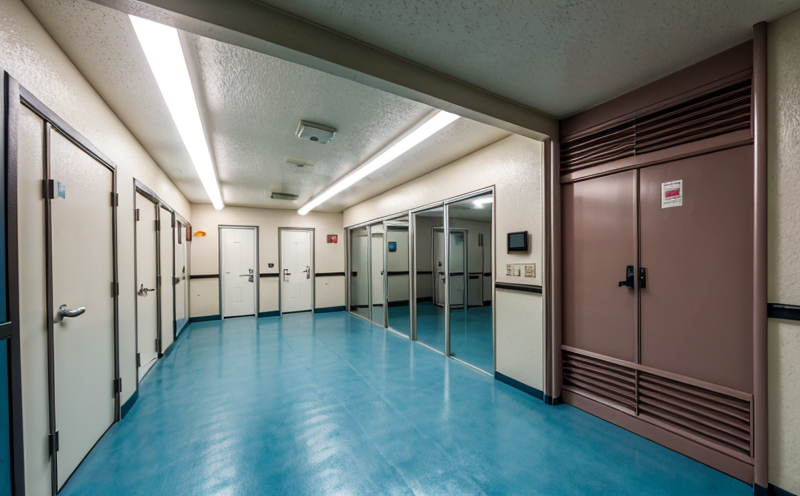Mechanical room inspection
In the construction and building sector, mechanical rooms are critical components that house essential systems such as HVAC (Heating, Ventilation, and Air Conditioning), boilers, chillers, fire sprinkler systems, electrical panels, and plumbing. These rooms require regular inspections to ensure they operate efficiently, safely, and in compliance with local codes and international standards like ISO, ASTM, and NFPA.
The primary goal of a mechanical room inspection is to safeguard the integrity of these vital systems and prevent potential failures that could lead to costly downtime or safety hazards. This service caters specifically to quality managers, compliance officers, R&D engineers, and procurement teams who are responsible for maintaining high standards in building operations.
During an inspection, the focus is on verifying that all systems are functioning within specified parameters and that they meet the required codes and standards. This ensures not only operational efficiency but also occupant safety and compliance with environmental regulations.
The inspection process typically involves a thorough review of system components, including:
- Inspecting the HVAC units for proper airflow and temperature control
- Evaluating boiler systems to ensure they are operating at optimal efficiency levels
- Checking fire sprinkler systems for proper installation and operational readiness
- Assessing electrical panels for safety hazards and compliance with electrical codes
- Inspecting plumbing fixtures and connections for leaks and potential blockages
The inspection also includes a review of the room's environmental conditions, such as temperature and humidity levels, to ensure they are within acceptable ranges for all equipment.
By conducting regular mechanical room inspections, facility managers can identify issues early on, preventing minor problems from escalating into major failures. This proactive approach not only extends the lifespan of critical systems but also reduces maintenance costs and improves overall building performance.
Scope and Methodology
| Aspect | Description |
|---|---|
| System Components Inspected: | Includes HVAC, boilers, chillers, fire sprinkler systems, electrical panels, and plumbing. |
| Environmental Conditions Assessed: | Temperature, humidity levels within acceptable ranges for all equipment. |
| Safety Checks Performed: | Evaluating fire sprinkler systems and electrical panels for operational readiness and safety hazards. |
The methodology employed in mechanical room inspections ensures a comprehensive evaluation of all critical components. This includes detailed visual inspections, pressure testing where necessary, and the use of specialized equipment to measure parameters such as airflow, temperature, and humidity levels.
Quality and Reliability Assurance
- Regular Inspections: Scheduled checks at intervals to ensure continuous compliance with codes and standards.
- Data Logging: Continuous monitoring of system performance through data logging devices for trend analysis.
- Certification Reports: Generation of detailed reports that document findings, recommendations, and corrective actions.
Quality assurance in mechanical room inspections is paramount to ensure the highest standards are met. By implementing these practices, we provide clients with peace of mind knowing their facilities are safe and operational at peak efficiency.
Competitive Advantage and Market Impact
In a competitive market where building performance and safety are key differentiators, our mechanical room inspection service offers several advantages:
- Proactive Problem Solving: Identifying issues early on prevents costly repairs and downtime.
- Enhanced Safety Standards: Ensuring compliance with all relevant codes and standards to safeguard occupants.
- Cost Savings: Early detection of problems reduces maintenance costs and extends equipment lifespan.
The service has a significant impact on the market by providing clients with reliable, safe, and efficient mechanical rooms. This translates into improved building performance and a better overall customer experience.





